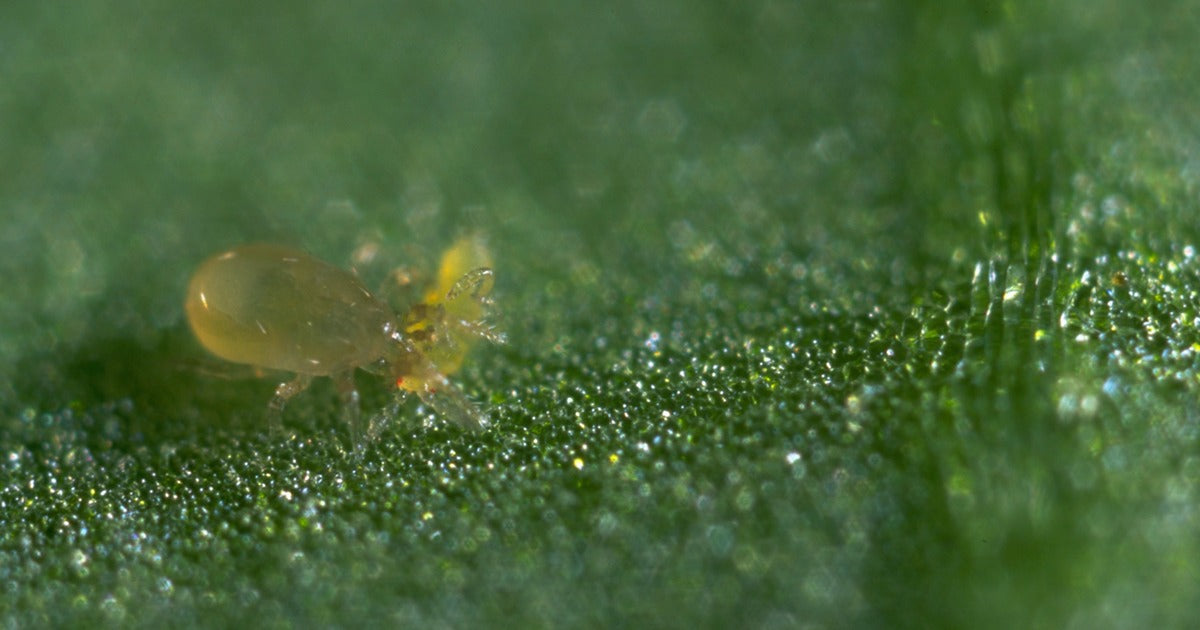
Thrips Have Become A Serious Plant Pest
Thrips have steadfastly become a serious pest of house plants, plants grown in glasshouses, and of indoor heated cultivation. The most common and harmful species is the Western Flower Thrip (Frankliniella occidentalis). This Thrip does not go into diapause in the winter and will continue reproducing if temperatures are high enough. Thrips will also develop quicker on flowering plants, as they can feed on pollen. Thrip adults are very small and pencil shaped.
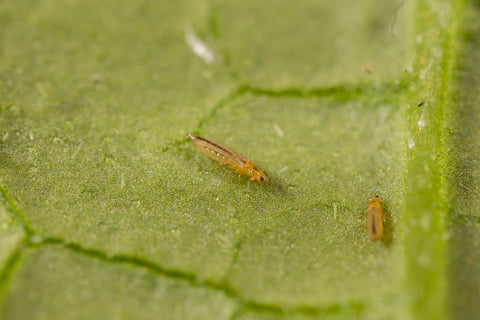
A Western Flower Thrip can be identified by its small size and pencil shape.
The Thrip life cycle develops through six stages: egg, two larval, pre-pupa, pupa and the adult.

The Thrip life cycle includes two 'Young larva' phases, a 1st Instar & 2nd Instar, totalling 6 life cycle stages.
Typical Thrip Damage Symptoms
Thrips cause damage by piercing the surface of leaves and flowers, sucking out the contents and causing the surrounding tissue to die. This results in the development of silver grey mottled areas on leaves, and white distortions on flowers. Growth of the damaged plants is reduced, and leaves and fruit can shrivel. Thrips can also pass on plant viruses when they feed.

An adult Thrip present on a flower and the resulting damage showing as speckles of white distortion.
Our Four Step Guide To Using Biological Control Against Thrips
1. Set Up Your Sticky Traps
The biological control of Thrips involves combining a range of beneficial insects and predators to protect plants from damage, and prevent Thrip populations from developing. Measures to protect plants can be taken from early on in the growing cycle. The first and simple step is to place out yellow or blue sticky traps to monitor and catch adult thrips. This provides an early warning of Thrip activity and can help reduce egg laying. There is also a Thrip pheromone lure that can be hung on a sticky trap to attract higher numbers of adults to the traps.

Firstly, set up some yellow and blue sticky traps. These catch adult Thrips which provides you with an indicator to activity levels, and reduces Thrip mating and egg laying.
2. Use Mighty Mite or Amblyseius cucumeris predators to kill Thrip pupae in plant compost
The next step is to protect young plants from attack and kill off any pupae in the compost or growing media. There are two predator based products that can help with this; Mighty Mite, which contains a soil dwelling predatory mite which feeds on any small pupae, or larvae, it finds in growing media, and Amblyseius cucumeris predators that will be on hand to feed on any small thrip larvae, if they appear on young plants and seedlings.


Our Mighty Mite and Amblyseius cucumeris predators are both excellent controls of Thrip pupae in plant soil / compost.
3. Use sachets of predators to continue Thrip protection on plants
Once plants are larger they also need protecting from fresh Thrip attack. One sachet of Amblyseius cucumeris predators should then be hung on each plant. The sachets gradually release hundreds of predators over a period of 3-4 weeks, ensuring predatory mites are on the plants at all times. This is important as the cucumeris will only eat the very small larvae and will not feed on Thrip adults. In the summer months it is advisable to switch to another predatory mite called Amblyseius swirskii. These predators thrive in warmer temperatures and will eat larger thrip larvae and whitefly eggs. The swirskii mites are available in our new foil sachets, which last longer and produce more predatory mites.


Our Amblyseius cucumeris sachets can be used before, or simultaneously to, our foil Amblyseius swirskii sachets. Swirskii predators will consume larger Thrip larvae.
4. Use Orius laevigatus predatory bugs against Thrip adults
If thrip adults are present on plants, the predatory bug; Orius, should be introduced. These predatory bugs feed on the whole Thrip life cycle including the adults, but can be difficult to establish if there are low numbers of Thrip. It takes time for them to build up in a crop and begin overcoming infestations. It is important to remove sticky traps once Orius is present, as they will get caught on them.

An Orius laevigatus bug enjoying a Thrip meal.
Thrips are a difficult pest to control, so ensure to use all the biological tools available to control them!
Comments (Responses)
Rachel
I’ve treated my plants with neem oil as I’ve found loads of infant thrips on one of my plants but my question is if I release dragonfli with the neem oil kill them too or should I wash my plants (200) first before I release them
Rachel
Julian Ives
Hi Adrian, thanks for getting in touch.
Bottles of Amblyseius cucumeris should ideally be used on receipt but can be stored in the fridge for a few days. Sachets of the Amblyseius cucumeris will gradually release predators over a period of four weeks.
Kind regards, Julian Ives [Director, Dragonfli]
Adrian Rainbow
Hi, how long do amblyseius cucumeris keep, and how should they be stored, thanks.


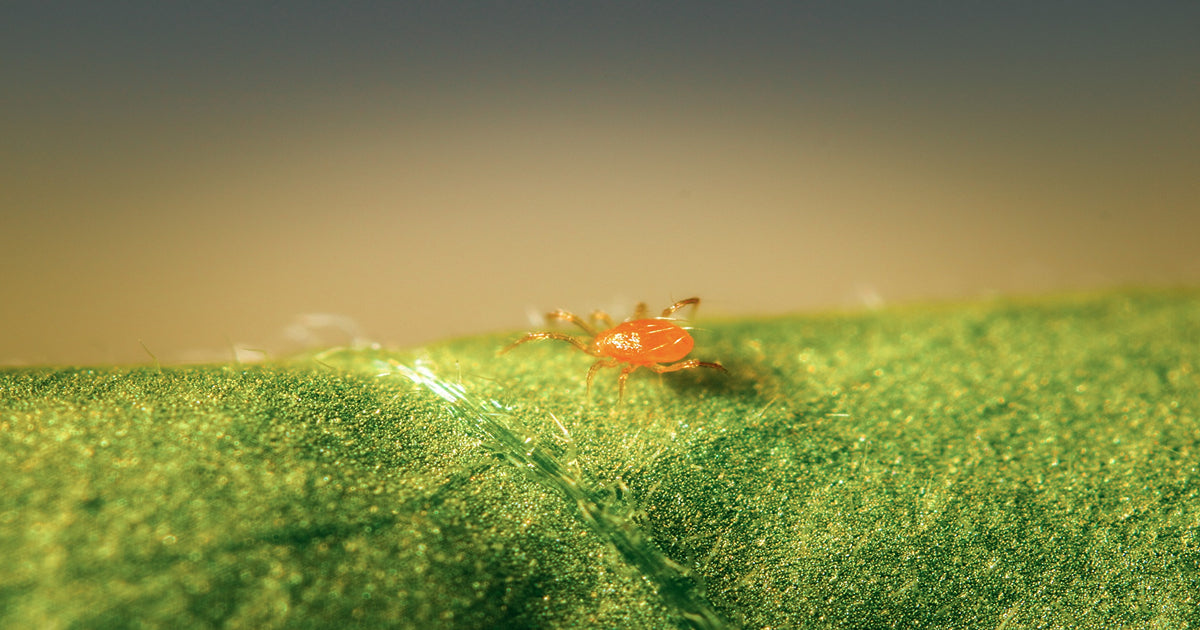
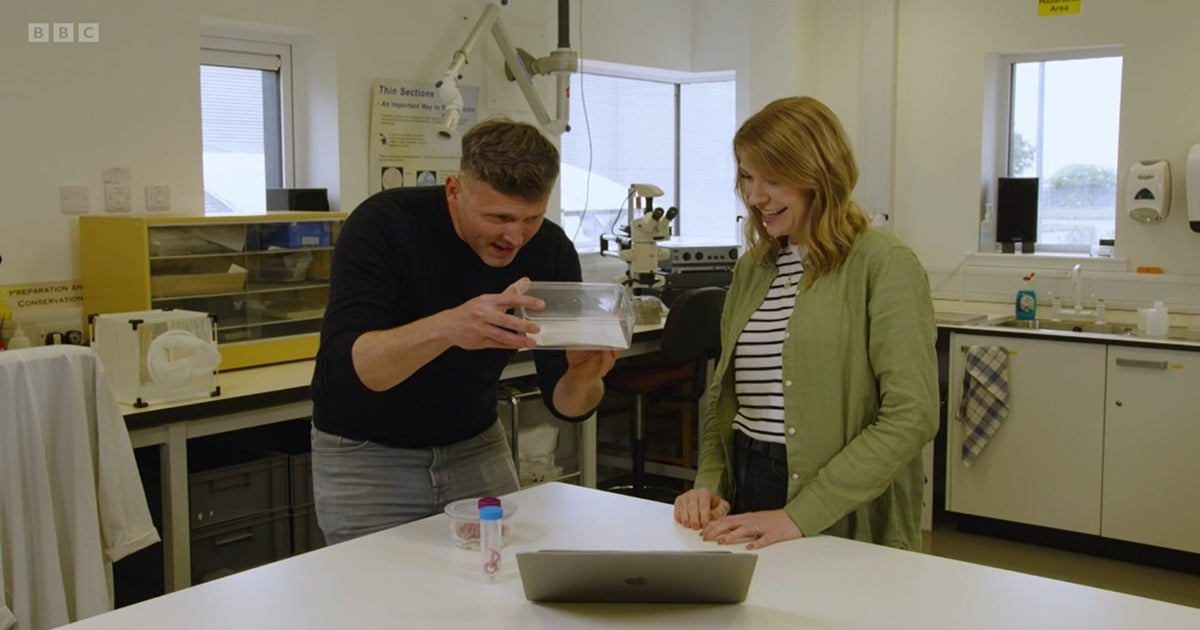
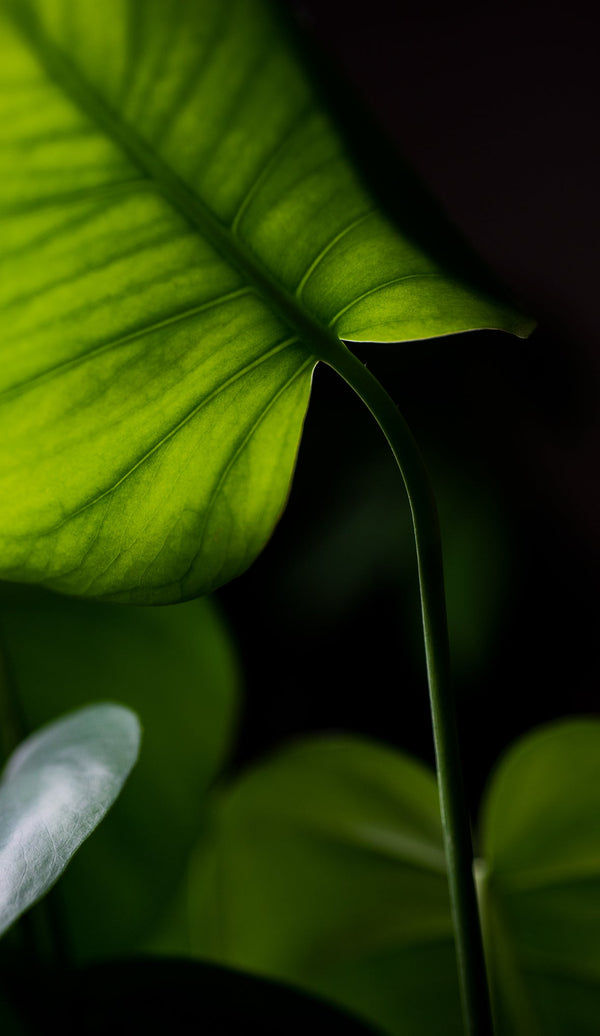

21 September, 2022
Julian Ives
Hi Rachel, thanks for getting in touch.
We would recommend waiting up to 24 hours before applying our predators following an application of neem oil on your plants. After such time has elapsed it should be fine to apply the predators, so long as your plants are dry.
Hope this helps but if you have any further queries please just let us know.
Kind regards, Julian Ives [Director, Dragonfli]